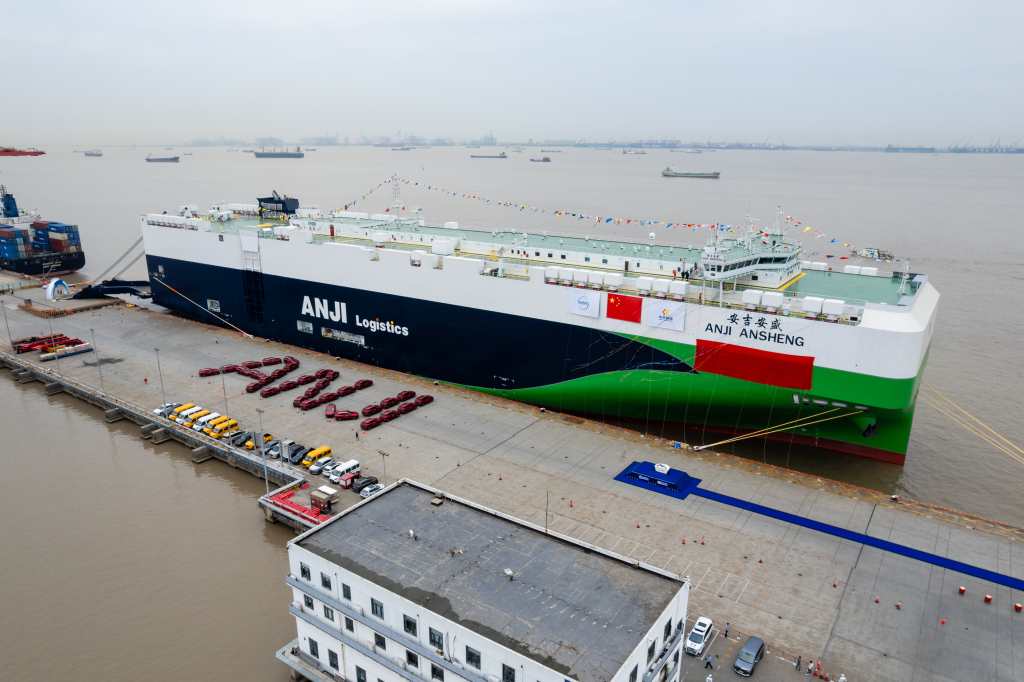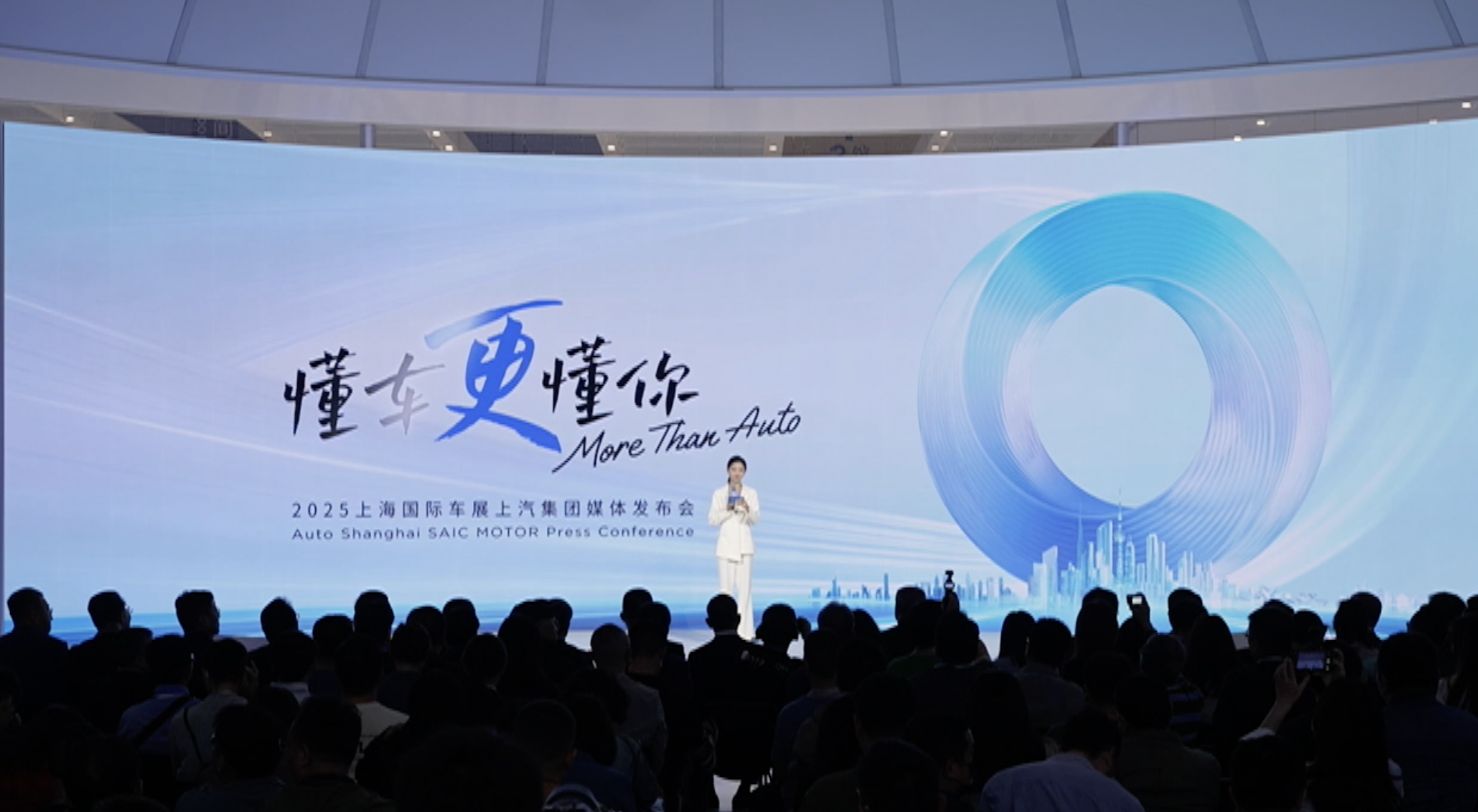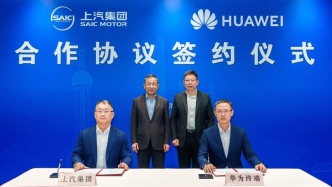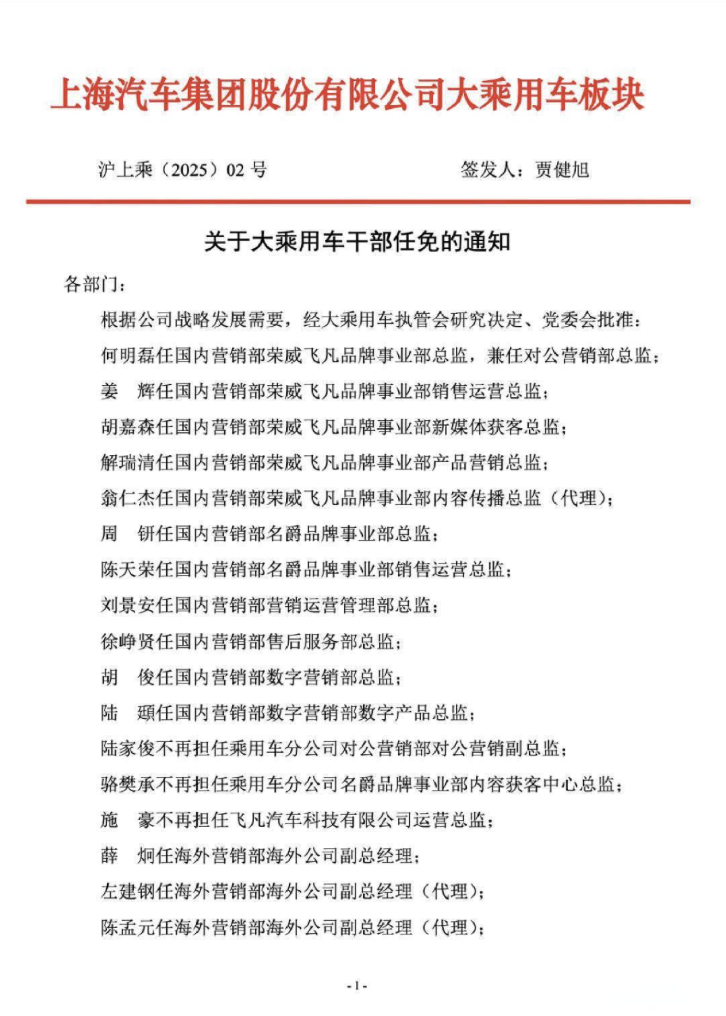
On May 15, the "Anji Ansheng", an ultra-large car roll-on/roll-off ship with 9,500 parking spaces independently manufactured in China, started its maiden voyage, carrying 7,000 Chinese-made cars from Shanghai to Europe.
It is reported that the "Anji Ansheng" ship was invested and built by SAIC Anji Logistics, integrating the latest cutting-edge technologies from design to construction. The ship is 228 meters long and 37.8 meters wide. It is currently the world's largest low-carbon intelligent ultra-large car ro-ro ship with the largest loading capacity, breaking the 9,200-car capacity record set by BYD's "Shenzhen" transport ship at the end of April.

The "Anji Ansheng" ship integrates and applies a variety of advanced energy-saving technical measures. According to Zhuang Jingxiong, general manager of SAIC Anji Logistics Co., Ltd., its comprehensive energy efficiency throughout its life cycle has reached the international leading level, and the reserved methanol filling design is expected to achieve carbon neutrality in the future.

The 9,500-space ro-ro ship is also an effective supplement to Anji Logistics' existing transport capacity. SAIC's Anji Logistics has built China's first and the world's leading self-operated fleet for vehicle logistics and transportation, with 35 various types of car ships. By 2026, SAIC Anji Logistics' foreign trade ocean-going fleet will reach 22 ships, with route resources covering Western Europe and the Mediterranean, Mexico, western South America, Southeast Asia, Australia and New Zealand, and the Middle East, the main export destinations of Chinese auto companies.
The maiden voyage of the "Anji Ansheng" ship carried nearly 5,000 SAIC-owned models such as MG3, MG HS, MG Cybertser, as well as Chinese brand cars such as Chery, BYD, Changan, and Great Wall to Europe.
Thanks to the continuous breakthroughs in overseas business, SAIC has actively launched large-scale "shipbuilding and going overseas". As early as 2001, SAIC launched the overseas strategy 1.0 and exported passenger car products for the first time; in 2013, the establishment of SAIC Thailand Factory marked the upgrade of overseas strategy 2.0 and the start of localized operations. By the end of 2024, SAIC has delivered more than 5.5 million vehicles in overseas markets, becoming the Chinese automobile company with the most overseas sales.


